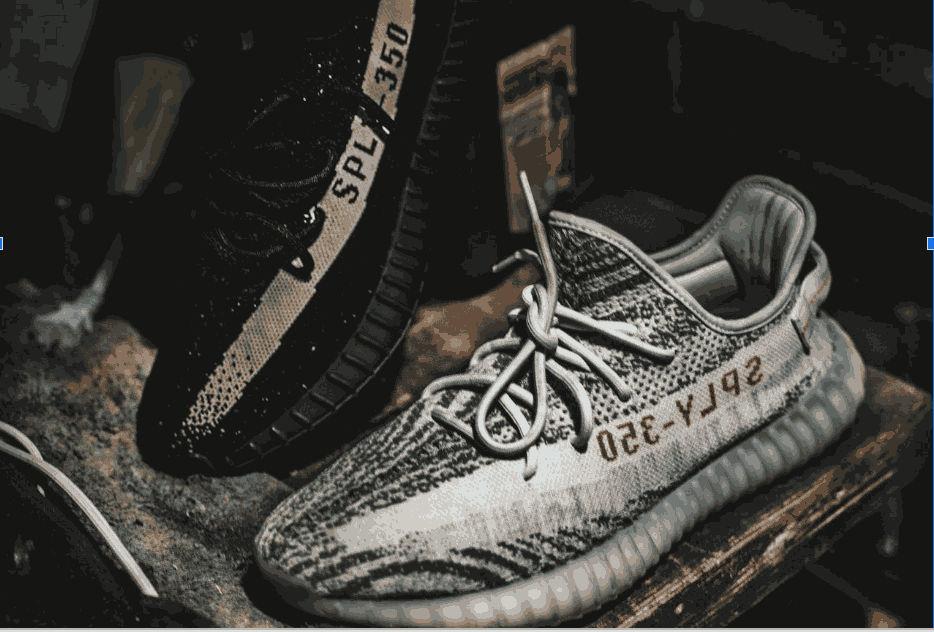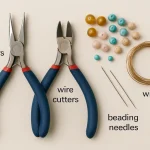Nothing ruins the excitement of a new pair of shoes quite like painful blisters and sore feet. Whether it’s stylish heels, stiff leather dress shoes, or snug sneakers, breaking in new footwear can be an uncomfortable experience.
However, with the right techniques, you can stretch and soften shoes to mold to your feet without suffering through painful walks. Instead of enduring blisters and discomfort, follow these simple hacks to break into new shoes comfortably and quickly.
Wear Them at Home First
One of the best ways to break in new shoes is to wear them around the house before venturing out for a full day. Start by wearing them for short periods—15 to 30 minutes at a time—while doing household chores or walking on carpeted areas. This allows the shoes to adjust to your foot shape gradually, preventing unnecessary pressure points.
Pairing new shoes with thick socks during these trial runs can help stretch the material faster, especially for snug-fitting shoes. If they still feel tight after a few wears, try increasing the time spent in them gradually until they feel more comfortable.
Use Thick Socks for a Quick Stretch
If your shoes feel tight around certain areas, wearing them with thick socks can speed up the stretching process. Put on a pair of thick or double-layered socks, then wear the shoes for about 20 to 30 minutes each day. The extra padding creates pressure that helps loosen up stiff materials, making them more flexible over time.
This method works particularly well for leather shoes and sneakers, as these materials naturally expand when subjected to pressure. If the shoes still feel stiff, you can combine this hack with heat to accelerate the process.
Apply Heat with a Hairdryer
Heat is a great way to soften stiff materials, allowing them to conform to your feet more quickly. While wearing thick socks and your new shoes, use a hairdryer to apply medium heat to tight areas for about 30 seconds. The warmth makes the material more pliable, allowing it to stretch and mold to your foot shape.
After applying heat, walk around in the shoes while they’re still warm to reinforce the stretch. Let them cool while wearing them so they set in the expanded shape. Be careful not to overheat synthetic materials, as excessive heat can damage certain fabrics or cause glue to weaken.
Use Shoe Stretchers for a Perfect Fit
For a hassle-free way to break in shoes, a shoe stretcher is an excellent investment. These adjustable tools help expand tight areas without the need for prolonged wear. Simply insert the stretcher into your shoes, adjust it to the desired width, and leave it in place overnight.
For leather and suede shoes, applying a shoe-stretching spray before using a stretcher can enhance the process. These sprays soften the material, making it easier to stretch and shape without causing damage.
Try the Freezer Trick for a Gentle Stretch
If heat isn’t an option, the freezer method offers a cold alternative for stretching shoes. Fill two plastic bags with water, ensuring they are sealed tightly, and place them inside the shoes. Then, put the shoes in the freezer overnight. As the water freezes and expands, it gently stretches the shoe material.
The slow expansion of the ice helps loosen tight areas without causing excessive strain on the fabric. After removing the shoes from the freezer, let the ice thaw for a few minutes before taking out the bags. Try them on to check the fit—if they’re still snug, repeat the process as needed.
Use Moleskin or Gel Inserts for Instant Comfort
Even with proper stretching, some shoes still have pressure points that cause discomfort. Moleskin padding or gel inserts can help by providing cushioning in areas prone to blisters, such as the heel, toe box, and sides of the foot.
Moleskin is a soft adhesive fabric that sticks to the inside of the shoe, preventing friction and reducing irritation. Gel inserts, on the other hand, add extra support, making the break-in process more comfortable, especially for high heels and flats.
Bend and Flex the Shoes Manually
For shoes that feel particularly stiff, manually bending and flexing them before wearing them can help loosen up the material. Hold the shoe in your hands and gently twist, bend, and roll it to soften the sole and upper parts. This mimics natural movement and reduces the rigid feel of brand-new footwear.
Doing this repeatedly before wearing the shoes can make a noticeable difference in comfort, especially for formal shoes and boots with stiff construction. However, be gentle to avoid damaging delicate materials or causing unnecessary creases.
Apply Leather Conditioner or Rubbing Alcohol
For leather shoes, applying a leather conditioner helps soften the material, making it more pliable. This is especially useful for dress shoes and boots that feel overly stiff when new. Simply rub a small amount of conditioner into the leather, let it absorb, and then wear the shoes to help them mold to your feet.
For fabric and synthetic shoes, rubbing alcohol can achieve a similar effect. Spray a small amount of rubbing alcohol inside the shoes and wear them immediately while they’re still damp. This helps the material expand and conform to your foot shape more easily.
Walk on Soft Surfaces First
Before taking new shoes out on long walks or hard pavement, start by walking on soft surfaces like carpets, rugs, or grass. Hard surfaces put more pressure on unbroken shoes, leading to painful blisters. Walking on softer terrain allows the shoes to flex naturally without putting excessive strain on your feet.
If possible, try breaking in shoes indoors for a few days before using them for extended outdoor wear. This method minimizes discomfort and gives your feet time to adjust to the new fit. Once your shoes are broken in, you must also protect them from wear and tear with regular shoe cleaning in Dubai, which is especially helpful for shoes exposed to sandy or dusty surfaces.
Final Thoughts
Breaking into new shoes doesn’t have to be a painful experience. With the right techniques, you can quickly soften stiff materials, stretch tight areas, and prevent blisters before they start. Whether you use heat, freezing, thick socks, or stretching tools, each method helps ensure your shoes become comfortable without unnecessary discomfort.
By taking the time to properly break in your shoes, you’ll enjoy a perfect fit while preserving their shape and durability. Instead of dreading the break-in process, follow these hacks and step out in comfort from day one.







